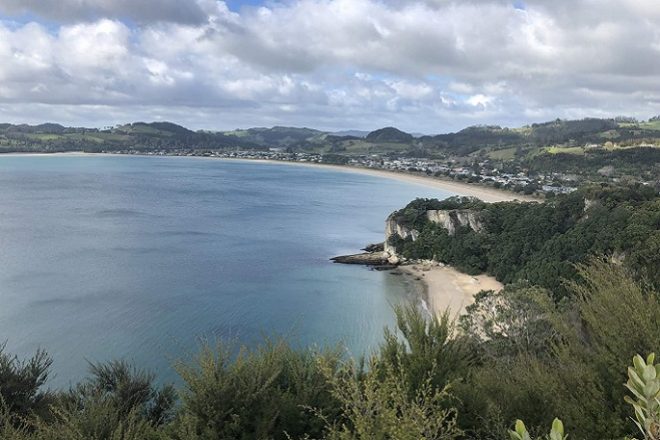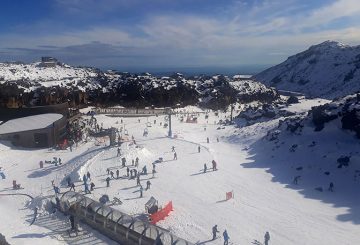设计概念的工作已经开始,以保护泰晤士河免受海平面上升造成的洪水和风暴潮的影响。该项目是在研究表明,随着时间的推移,价值10亿美元的资产可能面临风险后启动的。社区已经同意,保护是适应这种威胁的最佳途径。
该项目持续了三年,研究了整个科罗曼德海岸线面临的风险。管理这些风险的行动现已排序,保护泰晤士河是重中之重。已经成立了一个由我们的理事会、Ngáti Maru和怀卡托地区委员会的代表组成的治理小组,负责监督泰晤士河的保护工作。
担任治理小组主席的泰晤士-科罗曼德区议会议长伦·萨尔特说:“由于海平面上升,泰晤士河特别容易受到风暴潮和洪水的影响,这使我们镇约10亿美元的资产处于危险之中。泰晤士河是我们地区的经济中心,提供科罗曼德的大部分服务、海事工业、医疗保健和商业基础设施。我们有责任确保泰晤士河具有韧性,能够为子孙后代蓬勃发展。”
Royal HaskoningDHV现在将开发分阶段的设计方案,以保护该镇在未来100年内免受沿海洪水的影响,使AEP风暴的AEP达到1%。较早的一项研究表明,保护泰晤士河的主要挑战是任何防御结构的成本和规模,因为许多区域都是低洼区域。
设计工作将包括对同时发生的沿海和河流洪水事件进行全面的流体动力学建模和联合概率分析。治理小组强调了任何与其他雨水和河流管理工作相关的保护结构的重要性。
已通过2023-2024年长期计划为设计工作和有关设计选项的社区咨询拨款。但是,建造保护区的资金尚待确定。市长伦·萨尔特说:“我们将面临一些巨额成本,但我们需要权衡这些成本与风险物品的价值。我们正在直接应对这些挑战并开展必要的创新工作,而不仅仅是希望问题消失。这是一项长期愿景和行动计划。”
预计将于5月就设计概念进行公众咨询。欲了解更多信息,请访问该委员会的海岸线管理路径项目网页。





























































